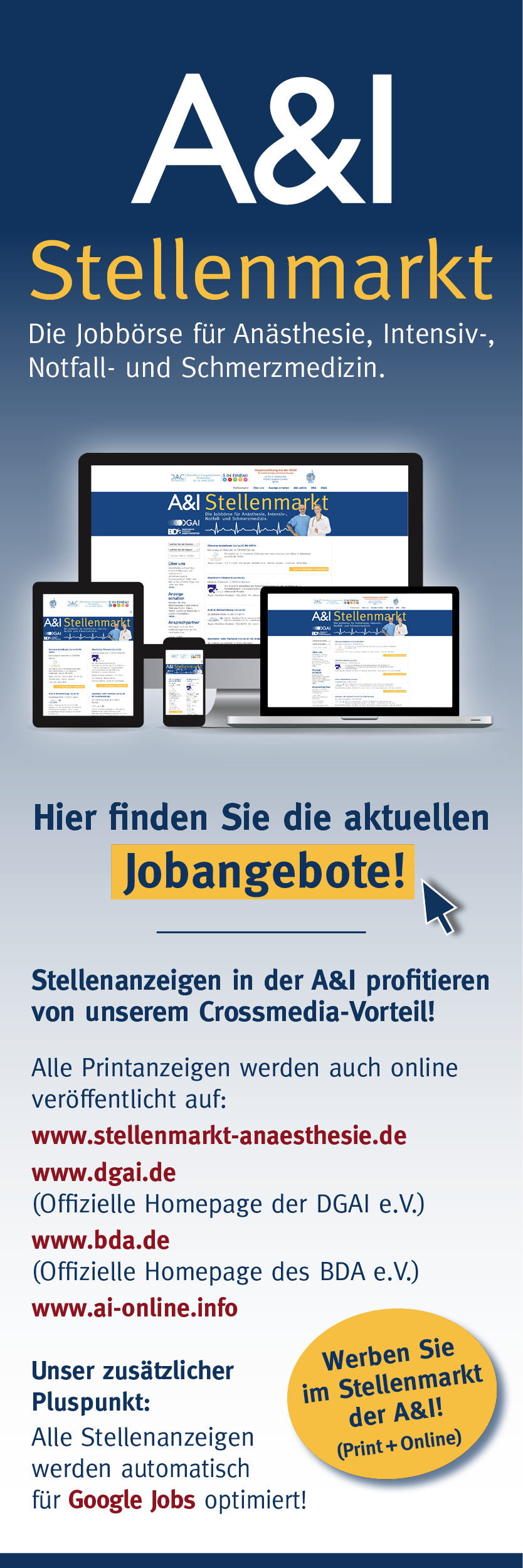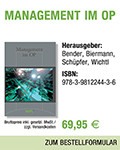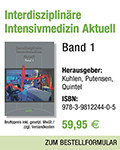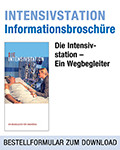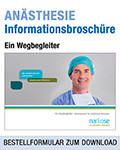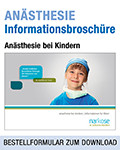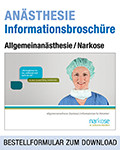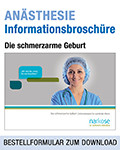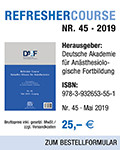

Multiprofessionelle und interdisziplinäre Lösungen zur nachhaltigen Optimierung der Intensivkapazitätennutzung. Lehren aus der Krise – von der COVID-19-Pandemie zur neuen Normalität im Klinikalltag?
Ausgangspunkt und Fragestellung: Ziel der vorliegenden Arbeit war es, Strukturen und neue Formen der Zusammenarbeit zu identifizieren, die sich während der COVID-19-Pandemie etabliert haben und die durch eine mögliche Fortführung einen Mehrwert für den klinischen Alltag auch außerhalb von Pandemiesituationen bieten könnten.
Methodik: In einem dreistufigen Befragungsprozess mit 22 Experten (leitende ärztliche Mitarbeiter, Krankenhaushygieniker, Pflegedienstleitungen und Vertreter des Krankenhausmanagements) aus sechs kommunalen Krankenhäusern einer COVID-19-Hotspot-Region wurden Maßnahmen aus den Bereichen Intensivkapazitätsmanagement, Patientenflussmanagement sowie Informations- und Datenflussmanagement identifiziert und mittels einer Likert-Skala bewertet. Anschließend wurden an einem Runden Tisch die Ergebnisse strukturiert.
Ergebnisse: Über drei Bewertungsrunden mit hoher Beteiligung (82 – 91 %) wurden die 43 initial formulierten Maßnahmen auf 14 mit der höchsten Zustimmung reduziert. Am Runden Tisch wurden 10 der 14 relevantesten Maßnahmen drei Aktionsfeldern zugeordnet: 1) Interdisziplinäre Patientenflusssteuerung, 2) Flexible Personalkonzepte und 3) Etablierung neuer Kommunikations- und Informationsstrukturen. Zu den jeweiligen Aktionsfeldern wurden Praxisbeispiele formuliert, die sich bereits im klinischen Alltag bewährt haben.
Schlussfolgerungen: Durch den strukturierten Entscheidungsprozess in dieser Arbeit mit einer holistischen Betrachtung der Organisationsform Krankenhaus konnten Strategien identifiziert werden, die sich unter Extrembedingungen bewährt haben und über die Pandemie-Situation hinaus in den klinischen Alltag implementiert werden sollten. Eine fortwährende engere interdisziplinäre und intersektorale Kooperation kann auch das Patientenfluss- und Ressourcenmanagement sowie die Kommunikationskultur in einem „neuen klinischen Alltag“ positiv beeinflussen.
Die formulierten Praxisbeispiele und Empfehlungen in den jeweiligen Aktionsfeldern sollen für andere Gesundheitsversorger Anregung sein, ihre Personalkonzepte, Kommunikationsstrate-
gien sowie ihr Kapazitäts- und Patientenpfadmanagement kritisch zu hinterfragen und mit interdisziplinären und intersektoralen Ansätzen an die Herausforderungen eines neuen klinischen Alltags anzupassen.
Starting point and problem: The aim of our research was to identify structures and new forms of collaboration which had become established during the COVID-19 pandemic and possible continuation of which beyond the pandemic might provide additional benefit to everyday clinical practice.
Methods: A three-stage survey of 22 experts (senior physicians, hospital hygienists, nurse managers and representatives of hospital management) from six municipal hospitals situated in a hotspot region was used to identify measures pertaining to management of intensive care capacity and patient flows, as well as to the flow of information and data. Those measures were rated using a Likert scale. Results were subsequently structured in the setting of a round table.
Results: Over the course of three evaluation stages – which saw high response rates of 82 – 91 % – the 43 initially identified measures were reduced to the 14 which received the highest levels of approval. At the round table, 10 of those 14 most relevant measures were categorised in one of three fields of action:
1) interdisciplinary management of patient flows, 2) flexible human resource (HR) concepts and 3) establishing new communication and information structures. Practical examples were formulated for each of the three fields of action and have in the meantime proven their value in everyday clinical practice.
Conclusions: Using a structured decision process combined with holistic reflection on the organisational structure of hospitals, strategies were identified which had proven themselves under duress and which should be implemented in everyday clinical practice outside the setting of the pandemic. The flow of patients, resource management and communication structures can be influenced beneficially by sustained closer interdisciplinary and intersectoral collaboration within a “new clinical routine”.
The practical examples and recommendations put forward for each of the fields of action could provide an impulse for other healthcare providers to examine their HR concepts and communication strategies as well as their management of care capacities and patient flows, adjusting to the challenges of new everyday realities with interdisciplinary and intersectoral approaches.





